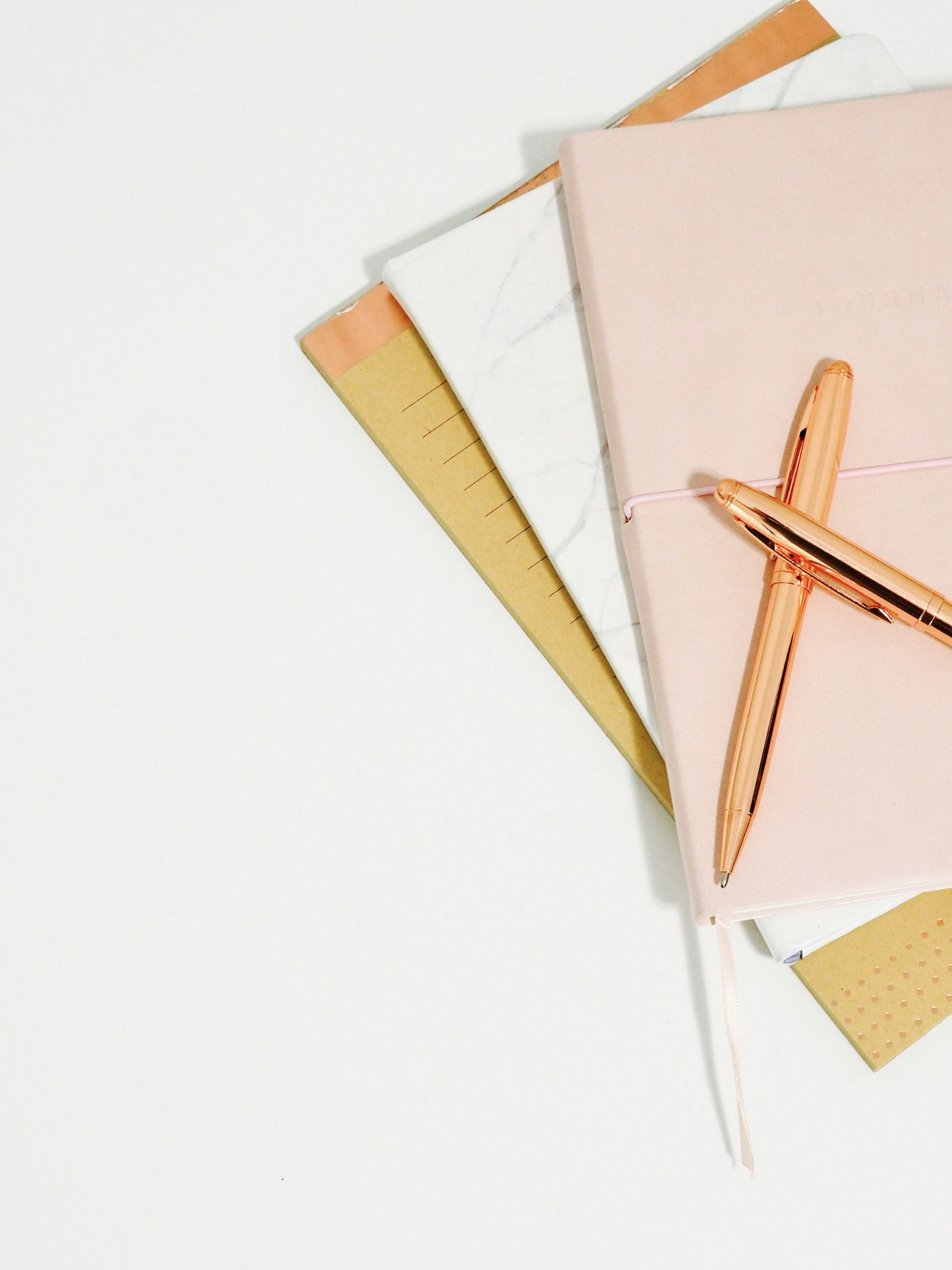How to do your own journal binding
Last Updated on 10/02/2025
This page contains AFFILIATE LINKS. If you choose to purchase after clicking a link, we may receive a commission at no extra cost to you. Plus, as an Amazon Associate, we earn from qualifying purchases. Read more on the disclosure policy page.
Discover how to do your journal binding and make a one-of-a-kind handmade book through easy techniques and cool book art ideas. Journaling is a popular practice that helps us express our thoughts, reflect on our experiences, and document our lives. While there are many pre-made journals available in stores, creating your journal can be a rewarding and personalized experience. In this post, there’s a simple process of journal binding with an easy step-by-step guide and suggestions for online classes if you want to deepen your knowledge.

Advertisement
How to Do Your Own Journal Binding
One of the key aspects of making your journal is binding it together. By binding your journal yourself, you can choose the materials, design, and layout that best suit your preferences.
Materials You Will Need:
Paper
Choose the type of paper that suits your needs, such as plain, lined, or dotted paper. You can also use recycled paper or different sizes to add a unique touch to your journal.
Cover
Select a sturdy material for the cover of your journal. You can use cardboard, thick cardstock, fabric, leather, or any other material that interests you.
Advertisement

Needle and Thread
Depending on the binding method you choose, you’ll need a needle and thread to sew the pages together. Use a strong thread or waxed bookbinding thread for durability.
Awl or Hole Punch
To create evenly spaced holes for binding, you’ll need an awl or a hole punch. This tool will make it easier to sew the pages together.
Advertisement

Cutting Tools
Scissors or a craft knife will come in handy for cutting the paper and cover material to the desired size.
Advertisement

Step-by-Step Guide
With these simple steps, you can create a customized journal that reflects your style and provides a perfect platform for your thoughts and ideas.

Prepare Your Materials
Measure and cut the paper and cover to the desired size for your journal. Make sure the cover is slightly larger than the pages to provide protection.
Create the Holes
Using an awl or hole punch, create evenly spaced holes along the edge of the paper and cover. The number of holes will depend on the binding method you choose.
Sew the Pages
Thread the needle with a suitable length of thread and start sewing the pages together. There are different binding techniques you can explore, such as the Coptic stitch, long stitch, or simple pamphlet stitch.
Advertisement

Secure the Binding
Once you have sewn all the pages together, tie a knot or create a decorative stitch at the end to secure the binding. Trim any excess thread.
Personalize Your Journal
Now that your journal is bound, you can unleash your creativity! Add a title or design to the cover, decorate the pages with drawings or collages, and make it truly your own.
Advertisement

Learning book art online
Practice makes everything better. So, we shouldn’t be discouraged if our first attempt isn’t perfect. Keep experimenting, and soon you’ll be binding beautiful journals that will become treasured keepsakes. There are also book art online classes like Book Art Challenge with Faith Hale if you still find this process overwhelming. With a Master’s degree in book art and creative writing, Creativebug staffer Faith Hale shares her passion by demonstrating a technique, structure, or prompt every day for an entire month. Thus, you can build book art skills and techniques like cutting flaps and creating pop-ups and moving pieces. Lastly, you will find ways to discover inspiration, cull language from found sources, and use text in new and inspiring ways.
Advertisement

This page contains AFFILIATE LINKS. If you choose to purchase after clicking a link, we may receive a commission at no extra cost to you. Plus, as an Amazon Associate, we earn from qualifying purchases. Read more on the disclosure policy page.
Advertisement





5 Comments
Pingback:
Pingback:
Pingback:
Pingback:
Pingback: